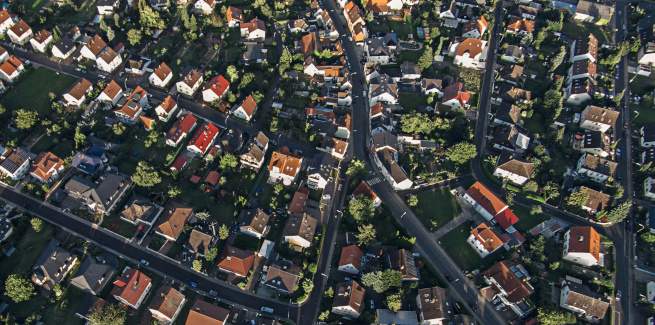The finding has come from the latest Housing Affordability Report by the Real Estate Institute of Australia (REIA), which has tracked a 0.7 percentage point increase in the proportion of income needed for mortgage repayments over the three months to December. There had been a 3.9 percentage point rise year-on-year.
While the weighted average capital city median house price had risen to $1.02 million, up 5.5 per cent over the December quarter, and surging by 25 per cent over the year, the national median weekly family income picked up by 1.4 per cent over the quarter and 5.3 per cent over the year.
The weekly median income came to $2,051, while the average monthly loan repayment climbed to $3,289, up 3.5 per cent over the quarter and 17.7 per cent year-on-year.
According to the REIA, housing affordability is now at its lowest since June 2012 – but interest rates across mortgages sat at a higher average of 6.8 per cent, compared to the current 4.5 per cent.
REIA president Hayden Groves warned that with a pick-up in the cash rate looming, affordability could worsen further.
“We are urging governments to get on the front foot with this issue by prioritising housing supply shortages which is the most effective way of getting affordability under control,” Mr Groves said.
Affordability had declined across most states and territories, with NSW needing the highest proportion of median family income required to meet loan repayments, of 46.5 per cent (up 5.9 percentage points year-on-year).
It also had the largest divergence between proportion of income needed for mortgage repayments versus rent, with almost half (26.1 per cent) needed for weekly rent payments.
In comparison, residents in Victoria (which had a similar weekly median income of $2,122, to NSW’s $2,110) needed 37.3 per cent of their income to meet mortgage repayments, 5 percentage points more year-on-year.
Queenslanders, with a median income of $1,932, used 33.4 per cent to make repayments, 2.9 percentage points more year-on-year, while Tasmanians (median income of $1,665) needed 33.3 per cent for their mortgages, 2.8 percentage points more.
In South Australia, the median income was $1,753, with 31.3 per cent being used for mortgage repayments (1.5 percentage points more year-on-year).
The ACT had the highest median income of $2,771, with 27.5 per cent needed for mortgage repayments, 1.8 percentage points more from the year before.
In Western Australia 26.2 per cent of the median income ($2,178) was needed for mortgage repayments, slightly up by 0.2 percentage points, while residents in the Northern Territory, with their median income of $2,190, needed 25.1 per cent for home loan repayments.
Nationally, the average owner-occupier loan size had grown by 3.5 per cent over the quarter and up 17.7 per cent year-on-year, to $590,482 – the largest annual rise since the Australian Bureau of Statistics data series began in 2002.
FHB loans trending downwards while loan size ascends
The number of first home buyers declined to 37,620, 0.4 per cent less over the quarter and 18.3 per cent down over the year to December.
First home buyers made up 34.1 per cent of owner-occupier dwelling commitments, a decrease of 0.9 percentage points less over the three-month period and 7.8 per cent over the year.
The average loan size to first home buyers rose by 2.5 per cent over the quarter and 12.9 per cent year-on-year, to $470,548.
Across all states, the average loan for first home buyers had increased, with the exception of Tasmania, where it declined by 0.4 percentage points.
Meanwhile, there had been increases to average loan sizes ranging from 0.8 per cent in Western Australia to 2.9 per cent in both NSW and Victoria.
At the same time, the number of owner-occupied dwelling loans rose to 110,230, 2.2 per cent up over the December quarter, but only 0.3 per cent up over the year.
Loans had increased across Victoria (up 4.1 per cent), Queensland (+1.2 per cent), South Australia (+5.1 per cent), Western Australia (+2.7 per cent) and Tasmania (+5 per cent).
But, owner-occupier loans were down across NSW (slipping by 0.1 per cent), the NT (down 5.5 per cent), and the ACT (-3.7 per cent).
The average loan size increased in all states and territories, with the NT seeing the highest increase of 7.9 per cent.
 ;
;
